Get to know the real Gnarls.
The New School mascot, Gnarls Narwhal, has always remained a mystery across campus. However, with a fresh new look and a more detailed backstory, they are beginning to both reveal their personality and better represent the university ethos.
At the beginning of the fall 2021 semester, the university rebranded the marine mascot. The original sporty narwhal was swapped for a nonbinary BA/BFA student with a Pisces sun sign and experience in Vogue’ology to better reflect The New School community. Gnarls is an Environmental Studies and Communication Design double major whose home in the Arctic was severely affected by climate change.
The university’s office of Student Leadership and Involvement, which led the mascot rebrand, also switched out Gnarls’ basketball jersey for a pair of studious specs.
Gnarls was born in 2014 as a result of the university’s effort to bring school spirit to basketball games and other events through a student vote. While some students voted for a cigarette to represent The New School as the mascot, the narwhal came out on top. At the time, Gnarls had bold eyebrows, a basketball jersey and a scrunched face.
Seven years later, Gnarls got a makeover which SLI hopes will foster a welcoming environment for students to get excited about The New School.
The university’s in-house marketing team utilized their senior writer Ricky Tucker, who originally drafted Gnarls’ backstory in 2015, to revamp the mascot’s background in 2020.
Tucker is a former New School student and current faculty member at the university.
“I just know the place,” he said. “I just know [the] little inside jokes and the nuances.”
Tucker worked alongside Allison Gragnano, the executive director of marketing and communications, and Anne Adriance, the senior vice president for marketing and business development to design Gnarls as a person — or rather, animal. Christine Wang, a graphic designer for The New School, handled the actual design of the mascot.
“We worked with folks who design mascot costumes and we did a lot of focus groups about Gnarls so we listen[ed] to y’all too, especially when it comes to their design,” Tucker said.
This insider knowledge of the university allowed Tucker to develop a detailed story that reflected The New School community more so than its original rendering.
“The nature of Gnarls was so specific to The New School,” Tucker said. “Because we’re just a series of outcasts, I thought this mascot needs to be a weirdo.”
Stephen Lehren, a third-year culture and media student at Eugene Lang College of Liberal Arts, serves as the main person behind the new Gnarls costume. He signed on in conjunction with the rebrand of Gnarls.
“Before COVID, we [had] a mascot for the sake of having a mascot,” Lehren said. “The mascot [didn’t] really embrace what The New School identity actually is.”
As students return to campus, bringing community back to the in-person college experience is more important than ever, he added.
“Especially with how much we pay, the kids deserve more spaces to have fun within the boundaries of college,” Lehren said.
For Lehren, Gnarls is meant to simply bring joy to campus.
“We’re just getting paid to walk around and put a smile on someone’s face for a second,” he said.
Lehren’s job is to wear the costume, consistently film content, attend events, and interact with students. There are two other students who work in the SLI office where they complete more administrative tasks, coordinate appearances for Gnarls, and occasionally jump into the costume when Lehren is unavailable. Sophie Thomas, a fourth-year vocal performance student at The School of Jazz and Contemporary Music, steps in as well as another student who prefers to remain anonymous.
“Because Gnarls is a mascot for a school with [almost] no sports, you kinda have to embrace the weirdness of it,” Lehren said. “So we’ve just started messing around a little bit, a little bit more than we probably should.”
On April Fools Day this year, students might have seen a post revealing Gnarls’ death due to climate change. The team of Gnarls’ worked up many April Fools jokes but ultimately chose this joke thinking it was less alarming compared to their other options which included “kill Gnarls” and saying they “love cryptocurrency,” according to Lehren.
“It got deleted in like, 14 minutes,” Lehren said. “Marketing was not happy.”
Lehren enjoys having fun with the role. He has stuck out his real hand for a handshake, lurked behind students and even said a few words here and there — though the mascot is encouraged to express their personality through movement rather than words.
Prior to becoming Gnarls, Lehren underwent training where he learned what to wear underneath the costume, the intricacies of the costume and how Gnarls should move and act.
“The main thing with Gnarls is that you have to make big movements,” he said.
Performers like Charlie Chaplin and Buster Keaton inspired Lehren’s goofy and extravagant movements to portray Gnarls.
Gnarls’ social media presence has increased as a part of the rebrand, but many students are still unaware of the complexities of the mascot.
“I don’t know if [Gnarls] has a story,” Scyler Byrne, a fourth-year fashion student at Parsons School of Design, said. “I don’t know what a narwhal represents.”
Despite this, many appreciate the new Gnarls.
“I think Gnarls is cute,” Marina Pace, a fourth-year psychology and urban studies student at Lang, said. “I know that they changed it recently. It does kind of feel like more of an advertising thing but that’s not necessarily bad.”
Gnarls falls under the jurisdiction of the SLI office, but the office does work with the marketing department. The offices worked closely to recreate Gnarls so as to form a more relatable mascot for the university community.
The narwhal as a mascot in itself is out of the ordinary compared to the traditional bulldog or panther.
Christine Joo, a third-year communication design student at Parsons, said Gnarls is “A little odd, random. [Narwhals are] not the typical university mascot.”
Additionally, Gnarls does not identify within the gender binary, instead identifying as nonbinary and using they/them pronouns.
“I don’t know if that’s been done,” Tucker said. “I think that the novelty of that really made the headlines spark.”
The introduction of the unconventional and ubiquitous narwhal has made students begin to take notice of the once-forgotten mascot.
“My favorite thing has been seniors seeing me and being like, I never saw you before,” Lehren said. “This is the most gratifying part of the job.”

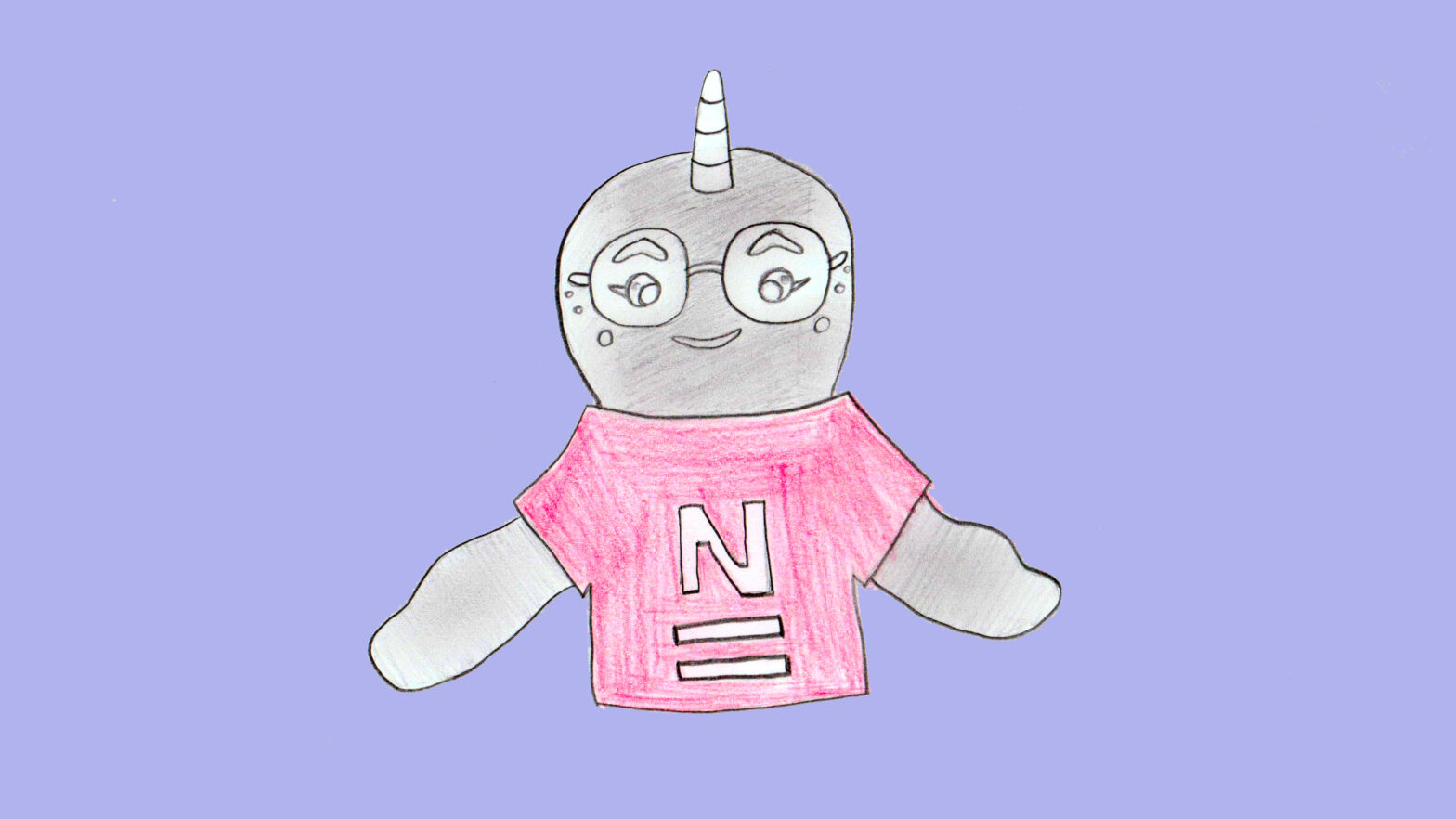
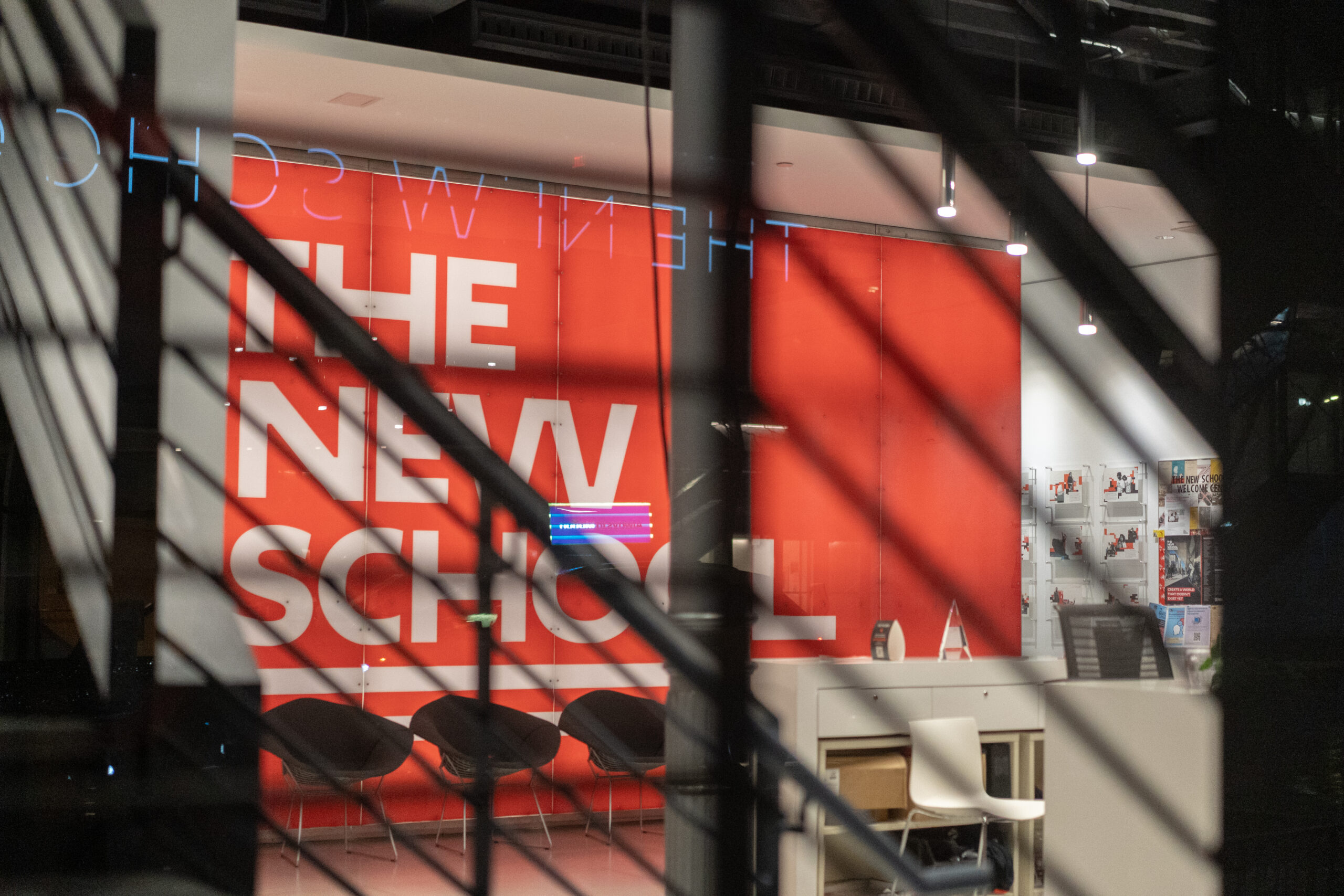
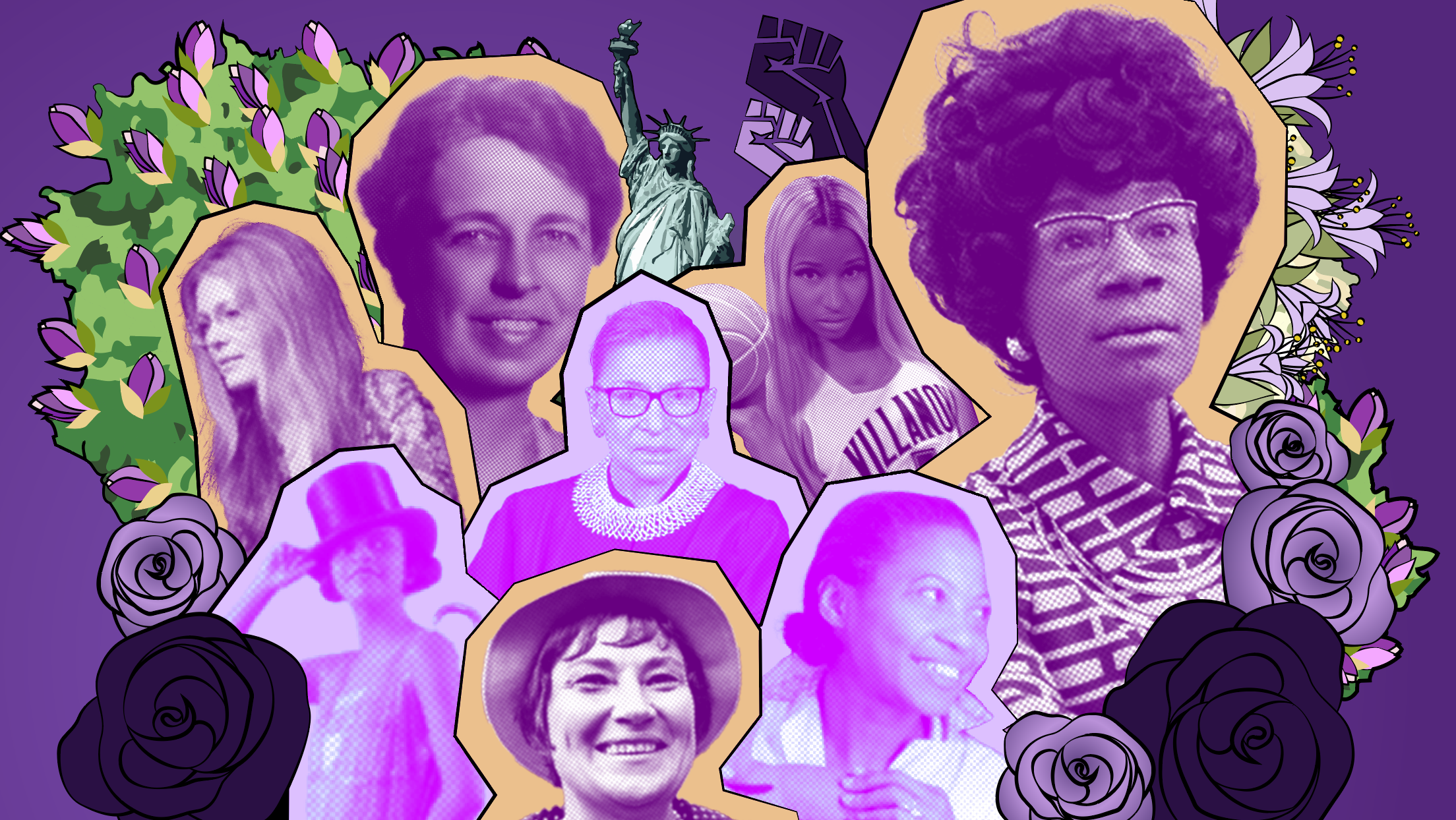

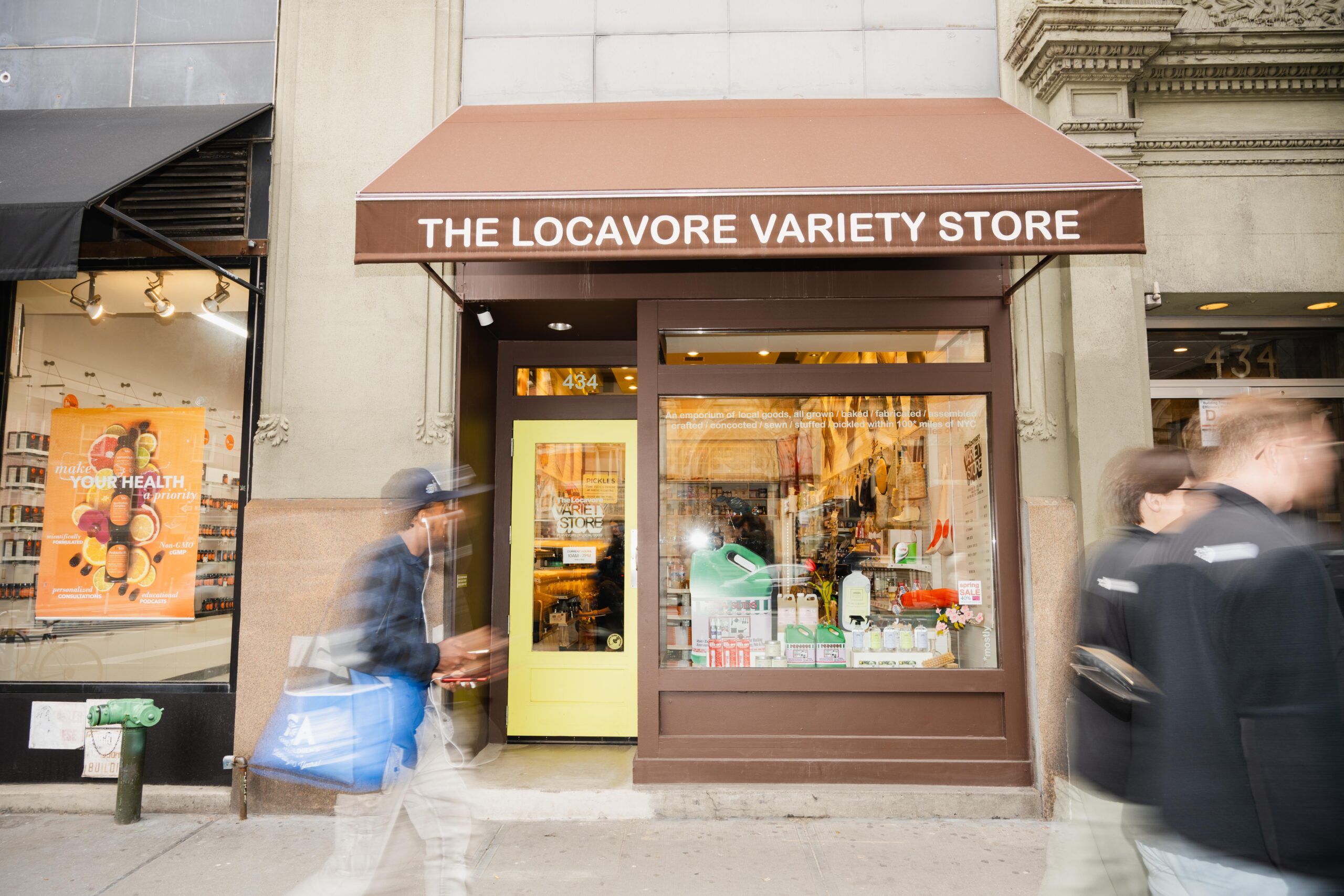
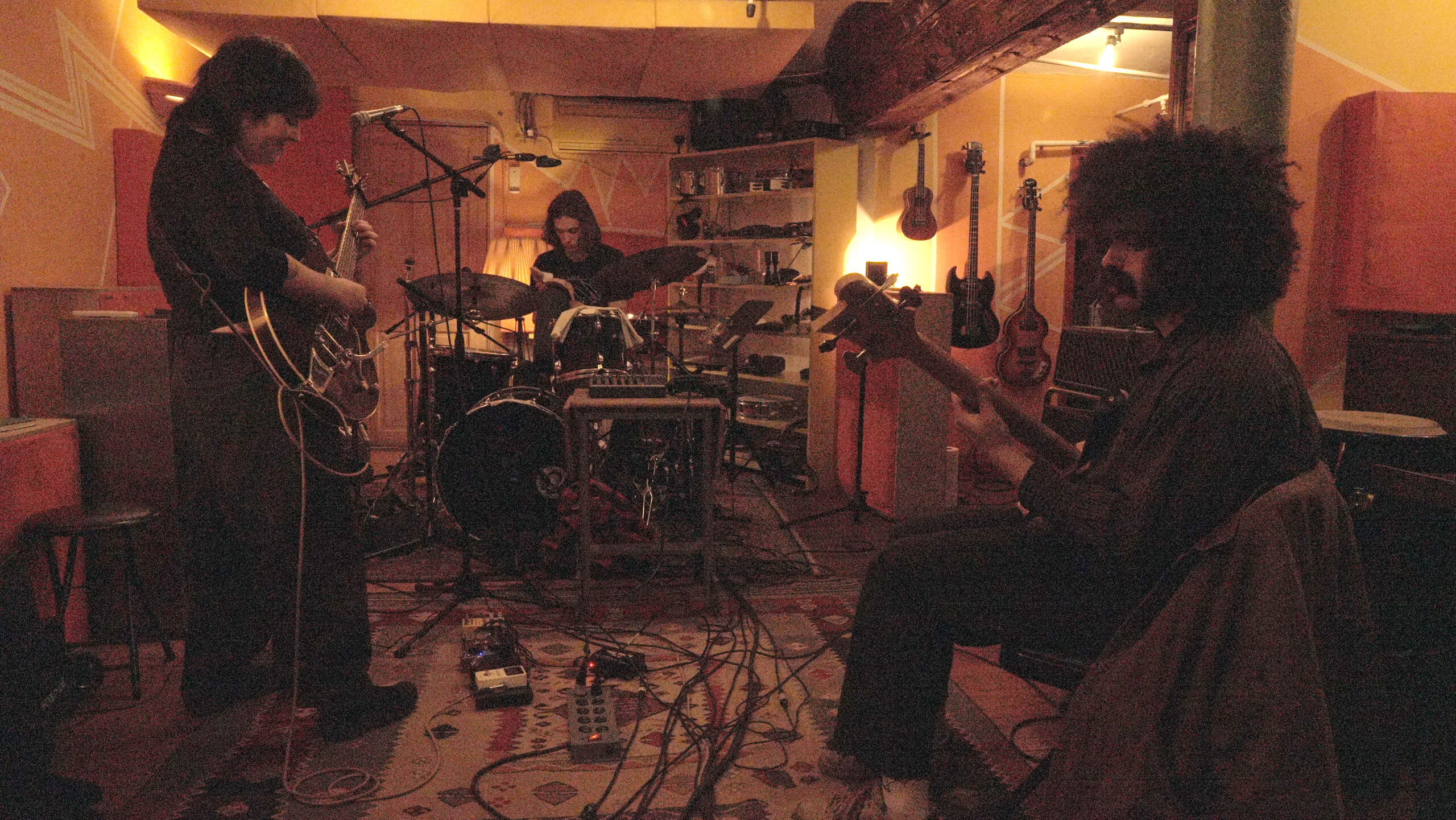
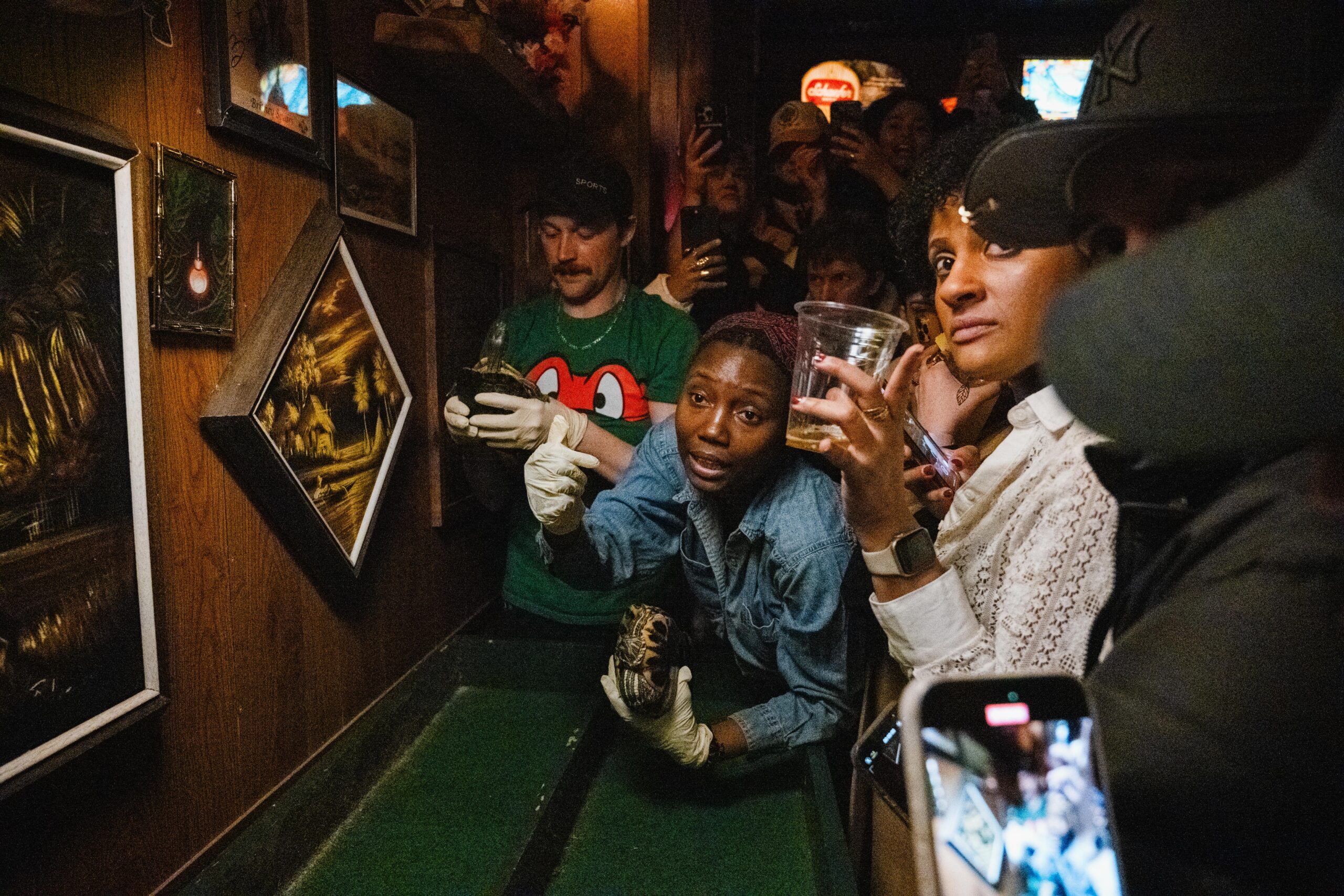
Leave a Reply